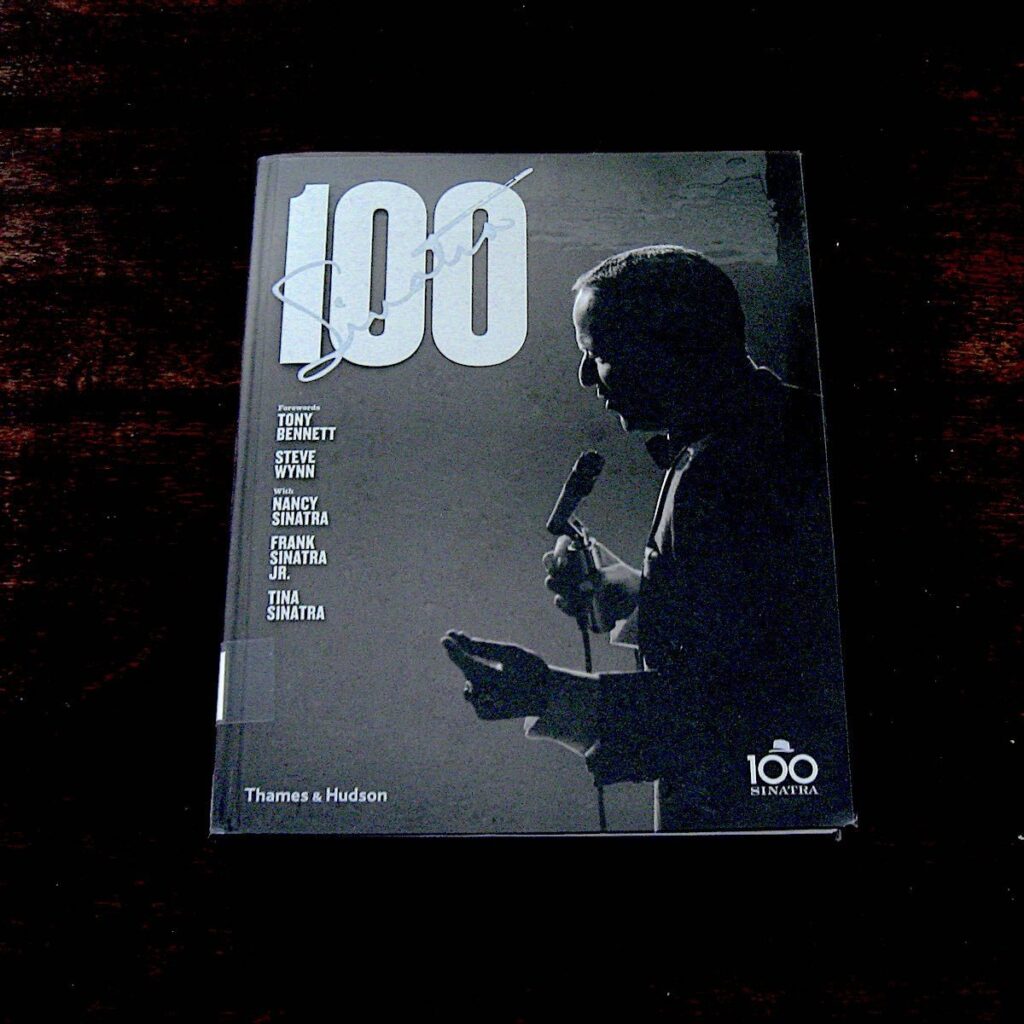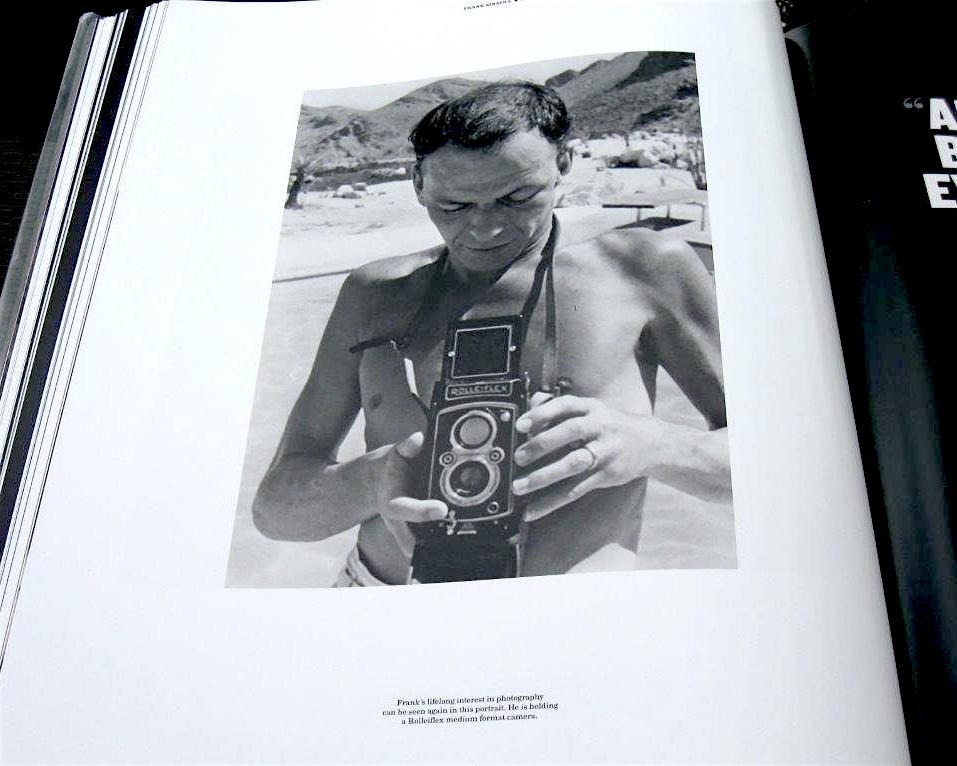Lumix FZ5
Ultra sharp, bargain-priced digital camera
Digital cameras improve at light-speed. The “best” is fleeting, so I can only tell you — after researching and using many models — what I am using myself right now.
First: In cameras, the smaller the better. I like to carry a camera with me at all times, so I’ve been using different pocket cameras, including the credit-car sized gems like the Exlim. Ever since their resolution and capacity reached the magical 5 megapixel threshold, you could use them for most assignments. But much to my surprise after using these super tiny and lightweight cameras for a few years, I’ve found that their very lightness is a liability. It is nearly impossible to keep them steady in low light without flash — which seems to be my preferred setting. Too few of my shots indoors were sharp, too many blurry. A heavy camera has more momentum to absorb the ordinary wavers of your hands. I began to consider the superior optics and control offered by the popular (and much larger) digital single-lens-reflex (SLR), like the Canon Rebel and Nikon D series. These almost-professional cameras give you optical zoom lenses (important), some heft for steadiness, large files (including RAW
format), and fat sensors with abundant resolution (up to 8 megapixels). The downside: they were absolutely not pocketable. In fact they were gigantic compared to what I’ve been carrying around in my pants pockets. And they were not cheap. Close to $1,000 when all is said and done.
Several silicon valley billionaire gadget freaks turned me onto a hybrid camera they had discovered: the Lumix. Made by Panasonic (a name not usually associated with cameras) the Lumix seems to have a secret following. The mid-level model has the glass lens of a SLR, but at a smaller scale. Attached to a hand-sized 5-megapixel sensor is a very fast, extremely sharp zoom lens made by legendary optician Leica. The zoom is wonderfully telescopic, ranging 12X, all the way from the 35mm equivalent of 36 to an astounding 432 (!), yet clearly bright at 2.8 f/stop, which is perfect for low light without flash, and — the key innovation here — it employs image stabilization. The lens self corrects for vibrations. This means that I can shoot indoors and night with zoom extended (yes!) and get razor sharp shots. During daylight it is startling clear. Turns out that for real world use, sharpness is probably more important than megapixel size.
Lumix come in a number of models. I use the FZ-5, which is much smaller in size than the latest model, the FZ-30. The smaller FZ-5 does not do RAW files (the FZ-30 does), but I prefer its compact size and don’t usually need the massive file sizes of RAW. I can’t fit the Lumix into my pants pocket, but it will sit in my jacket pocket or any small bag I carry. The zoom is both macro and telescopic, an old SLR ability I am so happy to have back. Five meg resolution is plenty. It’ll take a 1 gig memory card. The camera lights up fast. Navigation of controls is fine. And to top it off, this little wonder is comparatively cheap with a street price below $350 — a third of what the Rebel would cost.
The brand new Sony R1 is also a hybrid camera similar to the Lumix, but at the high end. It has a humongous 10 megapixel sensor, and a great zoom, but no image stabilization. And it is a big heavy camera that costs $1,000. Sony and Canon also have new models similar to the FZ5 with 5 megapixels, 12X zoom, and image stabilizers, but the Li ion batteries in the Panasonic keep a charge better, and it is smaller/lighter than the others.
The Lumix FZ5 offers fabulous clarity, with an amazing zoom, in a tiny package, at a remarkably bargain price. It is my choice for anyone’s first digital camera. And for next five minutes anyway, the Lumix has displaced my many other cameras (film and digital).
12/12/05(See a more recent review of the Lumix TZ1. — editors)
Panasonic Lumix DMC-FZ5 $500















